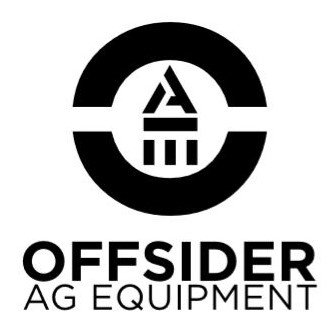Understanding Dystocia (difficulty calving) in Cattle: When to Intervene
Dystocia, or difficult calving, is a significant concern in cattle farming, impacting both the health of the cow and the newborn calf. Recognizing the signs of dystocia and knowing when to intervene can mean the difference between a successful calving and serious complications.
What Causes Calving Problems?
Understanding the underlying causes of dystocia is crucial for effective management and timely intervention. But, things go wrong – so what are the causes?
1. Problems with the calf
- Oversized Calf: A calf that is too large for the birth canal is a primary cause of dystocia. This is often due to genetic factors or overfeeding of the pregnant cow.
- Abnormal Position: Calves should ideally be in a head-first position with front legs extended. Breech births (tail-first), leg back, or head back positions can complicate delivery.
2. Problems with the heifer or cow
- Narrow Pelvis: First-calf heifers and certain breeds may have narrower pelvic openings, increasing the likelihood of dystocia.
- Uterine Inertia: Weak or uncoordinated uterine contractions can impede the progress of labour.
3. Problems caused by the humans
-Nutrition: Overfeeding or underfeeding pregnant cows can contribute to dystocia. Balanced nutrition is essential to maintain optimal body condition.
- Inadequate Monitoring: Failing to observe cows during the late stages of pregnancy can delay necessary interventions.
Recognizing problems before they get bad
Timely detection of dystocia is crucial. If you suspect your heifer or cow is ‘springing’ then monitoring every 6 hours if you can, can help. Once they are in labour, some signs indicating that a cow is experiencing difficulty include:
- Prolonged Labour: If the cow has been in active labour for more than two hours without progress, dystocia should be suspected. Active labour looks like visible contractions and or pushing
- Unusual Posture: The cow may exhibit abnormal postures, such as standing with an arched back or lying down and getting up repeatedly.
- Visible Straining Excessive straining without producing a calf is a clear sign of trouble.
- Partial Delivery: If the calf’s legs or head are visible but there is no further progress for 30 minutes, intervention is necessary.
When to Intervene and what to do
Knowing when to intervene can prevent complications and save both the cow and the calf. If you are new to cattle, or you are unsure RING YOUR VET. No, seriously – its their job and you will feel heaps better having saved the saveable than worrying about the vet bill.
But if you are going to do it yourself: Here are some guidelines:
1. Assess the Situation
- Examine the Position: If the calf is not in the correct position, try to reposition it. Lubrication and gentle manipulation may be needed. Ensure hands and equipment are sanitized to prevent infections. In this case, sanitisation means clean, and properly clean. Warm water and soap works a treat.
- Check for Obstructions: Feel for any obstacles that might be blocking the calf’s passage.
2. Time to Act
- Early Stage of Labor: If the cow shows signs of dystocia early in labour, such as no progress after 1-2 hours of strong contractions, it’s time to assist.
- Advanced Labour: If the cow has been pushing for 30 minutes with no progress, intervention is critical. Prolonged attempts without success can lead to exhaustion and increased risk of stillbirth.
3. Professional Help
- Call a Veterinarian: If repositioning the calf or assisting the delivery is beyond your capability, contact a veterinarian immediately. Timely veterinary intervention can manage complex cases and reduce risks.
Post-Intervention Care
After a difficult calving, both the cow and the calf need special attention:
- Monitor the Cow: Watch for signs of retained placenta, infections, or uterine prolapse. Provide supportive care and ensure she is hydrated and fed. More than that, watch her gait and other signs of stress. Any calving where you have to intervene whether it results in a live birth or not, is difficult on the cow. So, be kind to her.
- Care for the Calf: Ensure the calf receives colostrum within the first few hours. Check for any injuries or signs of distress. When they first arrive they are dopey. Really dopey, especially if they had a rough arrival. Treat them like complete idiots for the first 24 to 48 hours – making sure they are getting milk, making sure they know who their mum is, making sure they don’t fall in troughs, creeks or dams. After that – they are good to go.
Calving trouble is really challenging, especially if you don’t end up with a living calf, aspect of cattle farming, but knowing what you are looking for and when to ask for help you can be of great help. By understanding the causes, recognizing the signs, and knowing when to intervene, you can ensure the health and productivity of your mob. Regular monitoring, balanced nutrition, and prompt veterinary assistance are key to managing your calving season successfully.
For more information and images and drawings here are some excellent reference sites:
https://extension.okstate.edu/fact-sheets/calving-time-management-for-beef-cows-and-heifers.html
https://www.nadis.org.uk/disease-a-z/cattle/calving-module/calving-part-1-the-basics/
https://www.vetvoice.com.au/ec/farming/calving-explained/
https://extension.sdstate.edu/calving-dairy-cows-step-step
